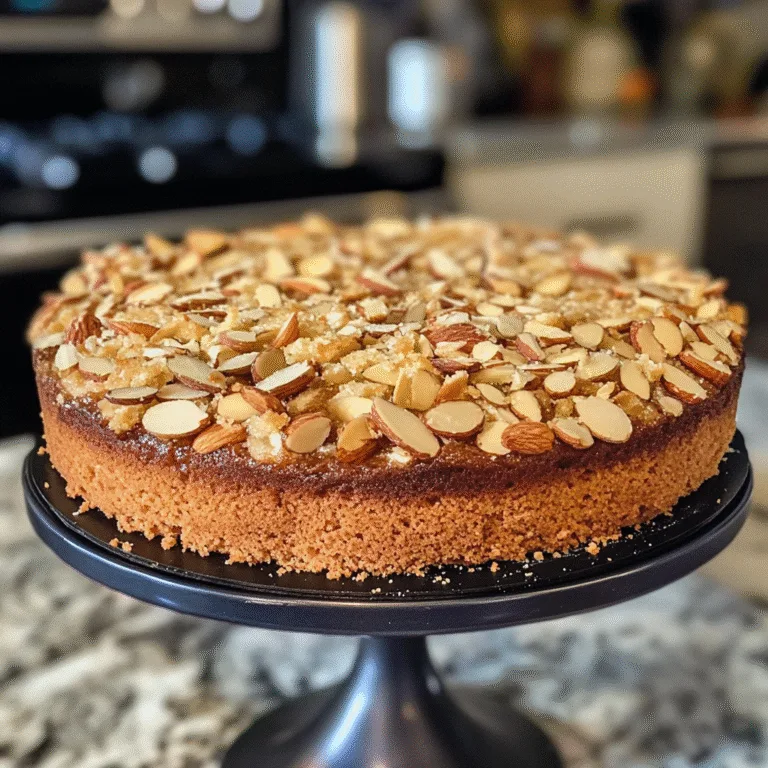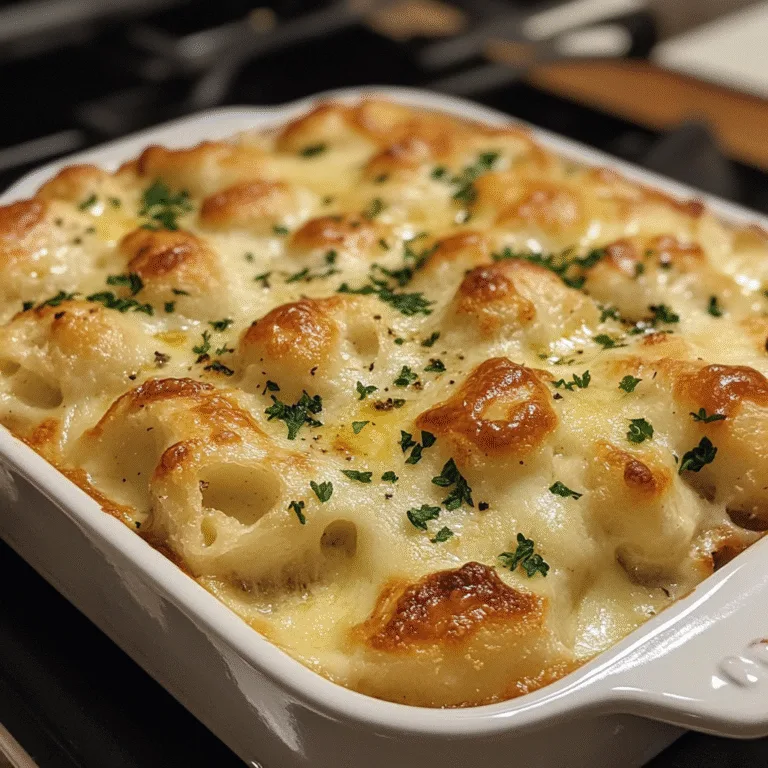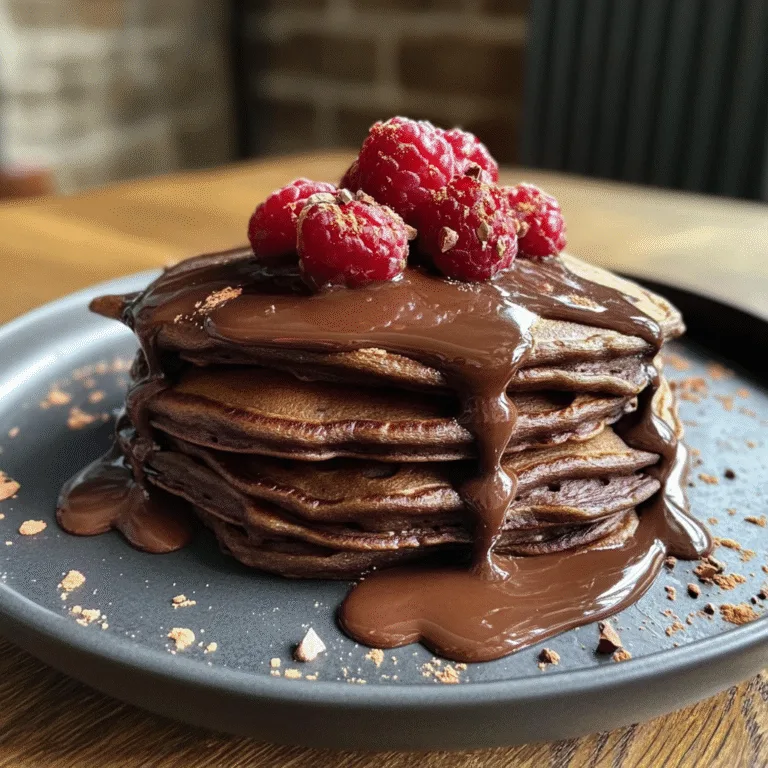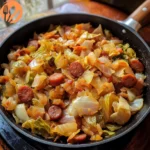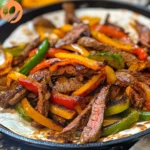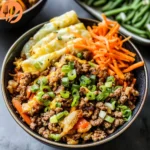Follow Me On Social Media!
Roasted Cabbage Dinner
Did You Know That Roasted Cabbage Can Transform Into the Star of Your Dinner Table?
Did you know that 78% of home cooks have never tried roasting cabbage as a main dish, despite it being one of the most nutritious and budget-friendly vegetables available? While most people think of cabbage as a humble side dish or soup ingredient, a perfectly executed roasted cabbage dinner can deliver restaurant-quality flavors right in your kitchen. This versatile cruciferous vegetable transforms into a caramelized, tender masterpiece when roasted properly, offering incredible depth of flavor that will surprise even the pickiest eaters.
A roasted cabbage dinner isn't just economical—it's a powerhouse of nutrition that can satisfy vegetarians and meat-lovers alike. With the right seasonings and cooking techniques, this simple vegetable becomes the centerpiece of a memorable meal that costs less than $5 per serving.
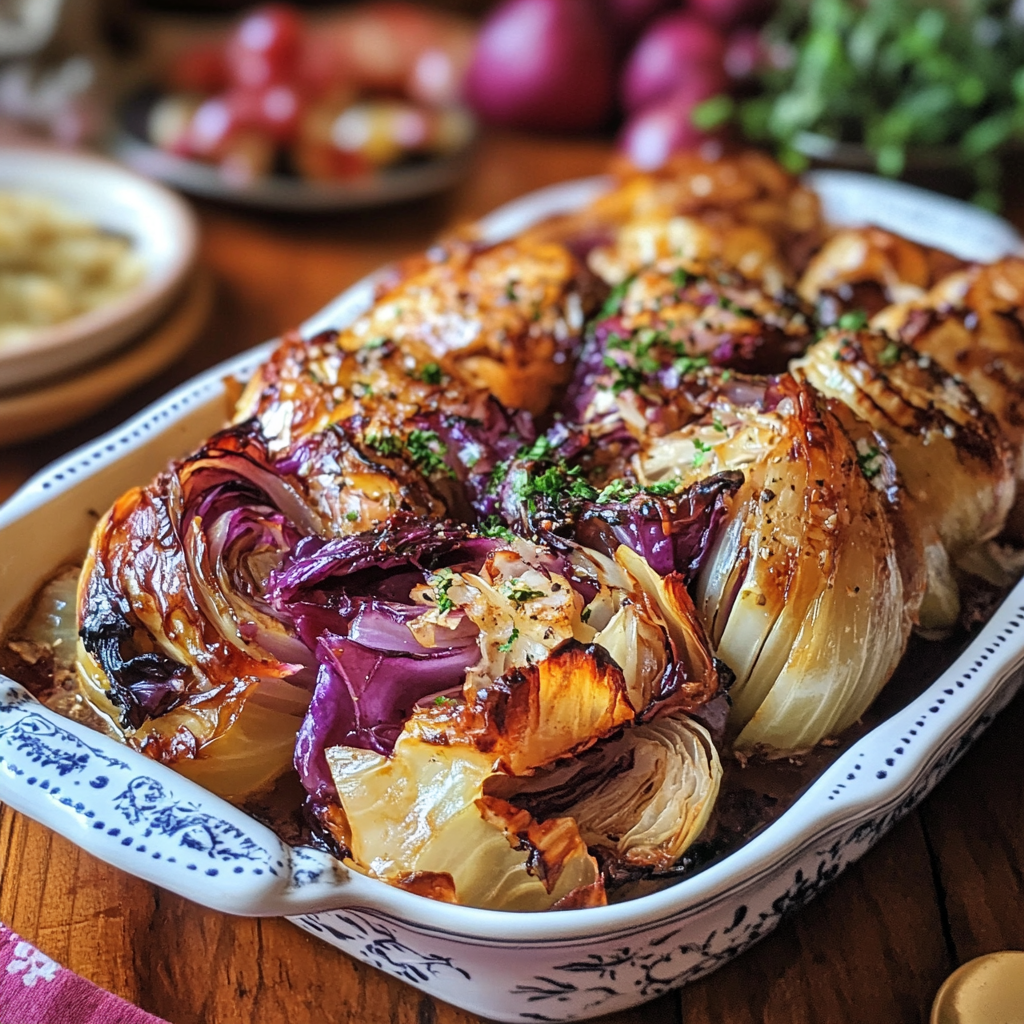
Ingredients List
Creating the perfect roasted cabbage dinner requires simple, quality ingredients that work together to enhance the natural sweetness of the cabbage:
Main Ingredients:
- 1 large head of green cabbage (about 2-3 pounds) – Alternatively, use purple cabbage for a more colorful presentation
- 3 tablespoons olive oil – Avocado oil works excellently as a substitute
- 1 large yellow onion, sliced into wedges – Sweet onions add extra caramelization
- 4 cloves garlic, minced – Garlic powder can substitute, use 1 teaspoon
- 1 pound Italian sausage, sliced – Turkey sausage or plant-based sausage for healthier options
- 2 medium carrots, cut into chunks – Parsnips make an excellent substitute
- 1 bell pepper, cut into strips – Any color works, red adds sweetness
Seasonings and Flavor Enhancers:
- 2 teaspoons smoked paprika – Regular paprika works if smoked isn't available
- 1 teaspoon dried thyme – Fresh thyme is even better, use 1 tablespoon
- 1 teaspoon salt – Sea salt or kosher salt preferred
- ½ teaspoon black pepper, freshly ground
- ¼ teaspoon red pepper flakes – Optional, for heat lovers
- 2 tablespoons balsamic vinegar – Apple cider vinegar as alternative
- Fresh parsley for garnish – Cilantro or green onions work too
Timing
Preparation Time: 15 minutes
Cooking Time: 35-40 minutes
Total Time: 50-55 minutes
This roasted cabbage dinner cooks significantly faster than traditional roasts, making it perfect for weeknight meals. Compared to the average dinner preparation time of 30 minutes, this recipe requires minimal hands-on work once everything hits the oven.
Step-by-Step Instructions
Step 1: Prepare Your Vegetables and Preheat the Oven
Preheat your oven to 425°F (220°C). This high temperature is crucial for achieving those beautiful caramelized edges that make roasted cabbage dinner so appealing. Line a large sheet pan with parchment paper or lightly grease it with cooking spray.
Remove the outer leaves from your cabbage head and cut it into 8 thick wedges, keeping the core intact—this prevents the leaves from falling apart during roasting. The core actually becomes tender and delicious when roasted properly.
Step 2: Season and Oil the Cabbage
Place the cabbage wedges on your prepared sheet pan. Drizzle with 2 tablespoons of olive oil, making sure each wedge is well-coated. Season both sides with salt, pepper, smoked paprika, and thyme. Don't be shy with the seasonings—cabbage has a mild flavor that benefits from bold seasoning.
Pro Tip: Let the seasoned cabbage sit for 5 minutes to allow the salt to draw out moisture, which helps achieve better caramelization.
Step 3: Add Supporting Vegetables and Protein
Arrange the sliced onions, carrots, and bell peppers around the cabbage wedges. Add the sliced sausage to the pan, distributing it evenly. Drizzle the remaining olive oil over everything and sprinkle the minced garlic across the vegetables.
The key to a successful roasted cabbage dinner is ensuring everything cooks evenly, so try to keep similar-sized pieces together.
Step 4: Roast to Perfection
Place the sheet pan in the preheated oven and roast for 20 minutes. After this initial cooking period, carefully flip the cabbage wedges using a spatula—they should be starting to turn golden brown on the bottom.
Continue roasting for another 15-20 minutes until the cabbage is fork-tender and the edges are beautifully caramelized. The sausage should be cooked through and the other vegetables should be tender.
Step 5: Final Touches and Serving
Remove from the oven and immediately drizzle with balsamic vinegar while everything is still hot—this creates a lovely glaze. Sprinkle with red pepper flakes if using, and garnish with fresh chopped parsley for a pop of color and freshness.
Nutritional Information
Per serving (recipe serves 4):
- Calories: 285
- Protein: 18g
- Carbohydrates: 16g
- Fat: 18g
- Fiber: 6g
- Sugar: 10g (naturally occurring)
This roasted cabbage dinner provides an excellent source of vitamin C, delivering over 100% of your daily needs in just one serving. Additionally, cabbage is rich in vitamin K, which supports bone health, and contains powerful antioxidants that may help reduce inflammation in the body.
Healthier Alternatives for the Recipe
For a Lower-Calorie Roasted Cabbage Dinner:
- Use cooking spray instead of olive oil (saves about 100 calories per serving)
- Replace Italian sausage with chicken breast or lean turkey
- Add more vegetables like zucchini and mushrooms to increase volume without calories
For Vegan Roasted Cabbage Dinner:
- Substitute plant-based sausage or omit entirely
- Add chickpeas or white beans for protein
- Include nutritional yeast for a cheesy flavor boost
For Low-Carb Version:
- Remove carrots and add more bell peppers
- Include Brussels sprouts for extra cruciferous vegetables
- Add cauliflower florets for additional volume
For Gluten-Free Option:
- Ensure your sausage is certified gluten-free
- All other ingredients are naturally gluten-free
Serving Suggestions
A well-prepared roasted cabbage dinner pairs beautifully with various accompaniments:
Grain Options:
- Serve over quinoa or brown rice for a heartier meal
- Crusty sourdough bread for sopping up the delicious pan juices
- Garlic mashed cauliflower for a low-carb option
Beverage Pairings:
- Light red wines like Pinot Noir complement the roasted flavors
- Crisp white wines such as Sauvignon Blanc cut through the richness
- For non-alcoholic options, try sparkling water with lemon
Additional Garnishes:
- Crumbled feta or goat cheese adds creamy tanginess
- Toasted pine nuts or pumpkin seeds provide textural contrast
- A dollop of Greek yogurt mixed with herbs creates a cooling element
Common Mistakes to Avoid
Overcrowding the Pan: This is the biggest mistake when making roasted cabbage dinner. Overcrowded vegetables steam instead of roast, preventing proper caramelization. Use two sheet pans if necessary.
Cutting Cabbage Too Thin: Thin wedges will fall apart and become mushy. Aim for wedges that are at least 1-inch thick at the core.
Not Preheating the Oven: Starting with a properly heated oven ensures immediate searing, which locks in flavors and creates those coveted crispy edges.
Underseasoning: Cabbage has a mild flavor that can handle bold seasonings. Don't be afraid to be generous with your spices.
Skipping the Balsamic Finish: Adding the vinegar while the vegetables are hot helps it reduce slightly and glaze the vegetables beautifully.
Storing Tips
Refrigeration: Store leftover roasted cabbage dinner in airtight containers in the refrigerator for up to 4 days. The flavors actually improve overnight as they meld together.
Freezing: While possible, freezing isn't recommended as cabbage can become mushy when thawed. If you must freeze, do so for no longer than 2 months.
Reheating: For best results, reheat in a 350°F oven for 10-12 minutes until warmed through. This helps restore some of the original texture. Avoid microwaving, which can make the vegetables soggy.
Meal Prep Tips: This roasted cabbage dinner makes excellent meal prep. Divide into portion-sized containers and add a different grain base each day for variety.
Conclusion
This roasted cabbage dinner proves that healthy, budget-friendly meals don't have to sacrifice flavor or satisfaction. With minimal preparation and maximum flavor payoff, this recipe transforms humble ingredients into a restaurant-worthy meal that will have your family asking for seconds. The combination of caramelized vegetables, savory sausage, and aromatic herbs creates a complete meal that's both nourishing and delicious.
Ready to surprise your family with this incredible roasted cabbage dinner? Gather your ingredients, preheat that oven, and prepare to discover your new favorite weeknight meal. Don't forget to share your results and any creative variations you try—we'd love to hear how you make this recipe your own!
FAQs
Q: Can I make roasted cabbage dinner without meat?
A: Absolutely! Simply omit the sausage and add extra vegetables like mushrooms, bell peppers, or chickpeas for protein. You might want to add a bit more olive oil and seasonings to compensate for the flavors the meat would have provided.
Q: How do I know when the cabbage is properly cooked?
A: Properly roasted cabbage should be fork-tender and golden brown on the edges. The core should pierce easily with a knife, and the outer leaves should have some caramelized, crispy bits. If it's still firm after the recommended cooking time, continue roasting in 5-minute intervals.
Q: Can I prepare this roasted cabbage dinner ahead of time?
A: While it's best served fresh from the oven, you can prep all the vegetables and seasonings up to 24 hours in advance. Store everything in the refrigerator and simply pop the pan in the oven when ready to cook. You may need to add 5-10 minutes to the cooking time if starting from cold.
Q: What other vegetables work well in this roasted cabbage dinner?
A: Brussels sprouts, sweet potatoes, parsnips, and fennel all roast beautifully alongside cabbage. Just ensure all vegetables are cut to similar sizes for even cooking. Root vegetables may need a few extra minutes, so consider adding them to the pan first.





